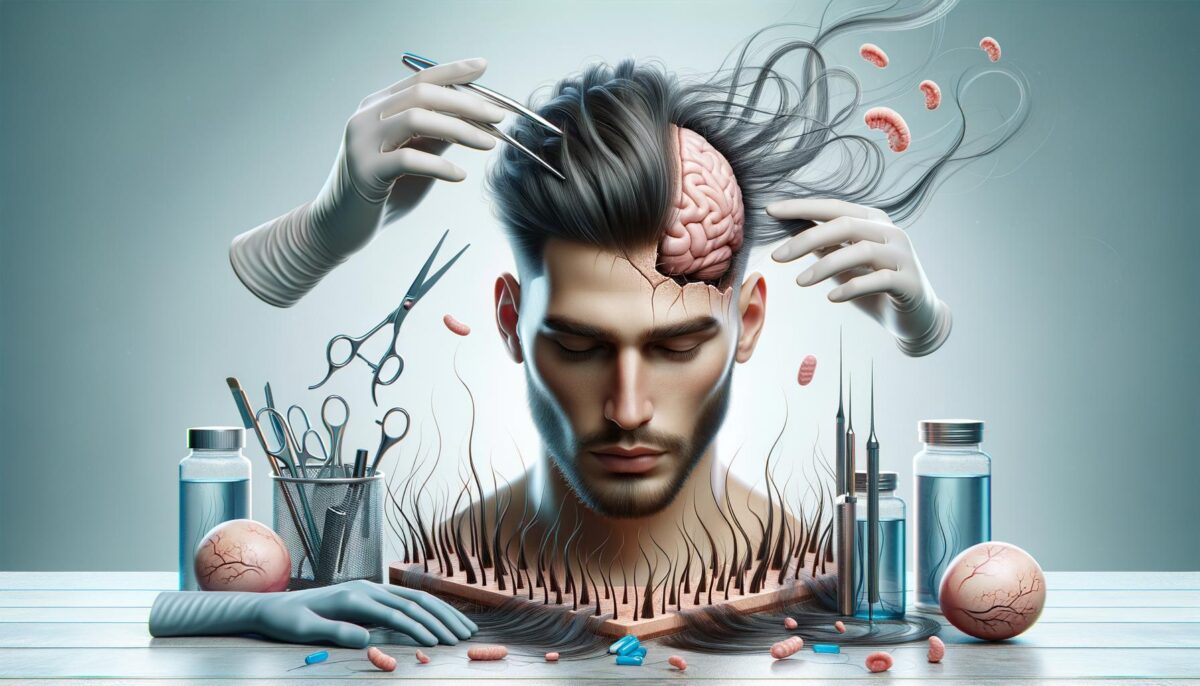Understanding Hair Loss
Hair loss can be a distressing experience for many, leading individuals to seek effective solutions. To understand hair restoration, one must first grasp the causes of hair loss. Hair loss can result from various factors, including genetics, hormonal changes, medical conditions, or lifestyle choices. For some, it’s associated with genetic predisposition, often manifesting as male or female pattern baldness. Others might experience hair thinning due to stress, nutritional deficiencies, or certain medications.
Knowing the underlying cause of hair loss is crucial as it determines the appropriate restoration method. A consultation with a medical professional can provide insights into the specific reasons for an individual’s hair loss and aid in selecting the proper treatment. This personalized approach ensures that the chosen treatment aligns with the individual’s unique needs and circumstances.
Hair Restoration Techniques
There are numerous techniques available for hair restoration, each with its own merits. The most prevalent methods include surgical and non-surgical approaches.
- Surgical options: These involve procedures such as follicular unit transplantation (FUT) or follicular unit extraction (FUE), where hair follicles are moved from one part of the body to bald areas.
- Non-surgical methods: These include the use of topical treatments, medications like minoxidil and finasteride, and laser therapy to stimulate hair growth.
When considering these options, it’s vital to weigh the benefits against potential risks and side effects. This thorough evaluation helps in selecting the most suitable method that aligns with one’s expectations and health profile.
Failed Hair Transplant Repair
In some cases, individuals may experience complications from prior hair restoration efforts, leading to the need for failed hair transplant repair. This unfortunate situation often arises from outdated techniques, poorly executed procedures, or unrealistic patient expectations. Repair work typically involves correcting the misplacements of hair grafts, scars, and achieving a more natural appearance.
The corrective procedures require the expertise of seasoned surgeons who specialize in revision surgery. An individualized approach is essential, as each case presents unique challenges and requires tailored solutions. Patients considering repair procedures should engage with specialists who offer transparency regarding potential outcomes and the possibility of compromising results from previous work.
The Psychological Impact of Hair Restoration
Hair restoration transcends physical appearance; it profoundly affects psychological well-being. For many, hair loss can lead to decreased self-esteem, feelings of aging, or even depression. Successfully addressing hair loss often results in a renewed sense of confidence and vitality.
However, the journey of restoration can be emotionally taxing. Patients must prepare for potential setbacks and maintain realistic expectations. Engaging in support groups or counseling during this process can provide comfort and a platform to share experiences with others undergoing similar treatments.
Final Thoughts on Hair Restoration
Embracing the possibilities of hair restoration requires an understanding of available options and potential challenges. Individuals should approach the process with informed decisions, guided by the advice of qualified professionals. Whether addressing failed hair transplant repair or seeking initial restoration solutions, thorough research and realistic expectations are paramount.
It is vital to recognize that while hair restoration can offer significant improvements in appearance and self-confidence, it is not a guarantee of immediate perfection. Continuous advancements in the field promise new opportunities, making it an exciting time for those seeking solutions to hair loss. Ultimately, patience and professional guidance can pave the way to achieving satisfying and sustainable results.
